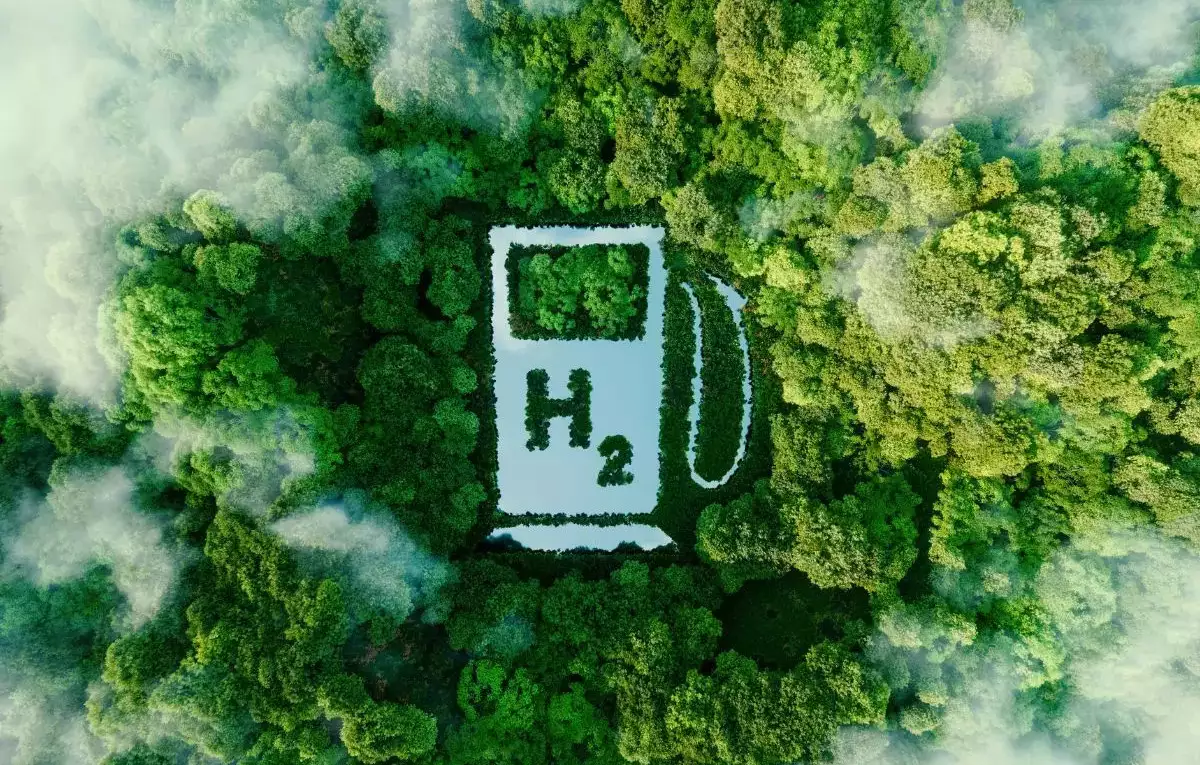In Short : Biogas offers several advantages that make it an attractive choice. Firstly, it is a versatile energy source that can be produced from a variety of organic materials such as agricultural waste, food waste, and sewage. This means that biogas production can help to address waste management issues while simultaneously generating clean energy.
In Detail : The company will use both solar and biogas to power its SoHyCal facility but says that state incentives make biogas the more cost-effective source for powering the electrolysis process.
H2B2 Electrolysis Technologies, an international, vertically integrated producer of green hydrogen, has opened its first green hydrogen generation facility in California. The company plans to double the 3-MW facility’s capacity to produce 3 tons of hydrogen per day in 2024, enough to power 30,000 city buses.
The new plant will supply hydrogen to the mobility sector in the San Francisco and Los Angeles areas.
H2B2 is using solar energy and biogas to generate hydrogen at the new facility. State biogas incentives make it a more cost-effective energy source for powering electrolysis, according to Pedro Pajares, CEO of H2B2 USA.
California buses may soon run on locally-produced green hydrogen, but they won’t be getting their fuel from solar energy — at least not exclusively.
H2B2 opened the first phase of its Central Valley hydrogen production facility in September, and is on track to finish the rest of the project by 2024, Pajares said. Electrolysis will produce 100% of the plant’s hydrogen, but H2B2 plans to alternate between using solar energy and biogas-fired generators to run the electrolyzers.
“Once we started looking for locations, the option to use biogas came in, and the more we looked into it the more we liked the approach,” Pajares said. Not only was it cheaper to use biogas, Pajares said, but data from the California Air Resources Board indicate that hydrogen produced using biogas has a lower carbon intensity than hydrogen from solar energy.
David Clegern, public information officer for the California Air Resources Board, confirmed that the use of biomethane gas could generate more Low Carbon Fuel Standard credits than solar. The credits, which can be traded to other producers seeking to offset their own carbon footprint, are based on the potential global warming difference between methane and carbon dioxide. Because methane is a more acute driver of climate change than CO2, producers can earn credits for avoiding the release of methane by capturing it and using it as fuel.
Hydrogen from the project will primarily be used by customers in the California mobility sector, where fleet operators must transition to zero emissions vehicles by 2035. Longer-term, H2B2 hopes to grow outside of California, and is looking at potential projects in New York, Texas and New Mexico, Pajares said.

